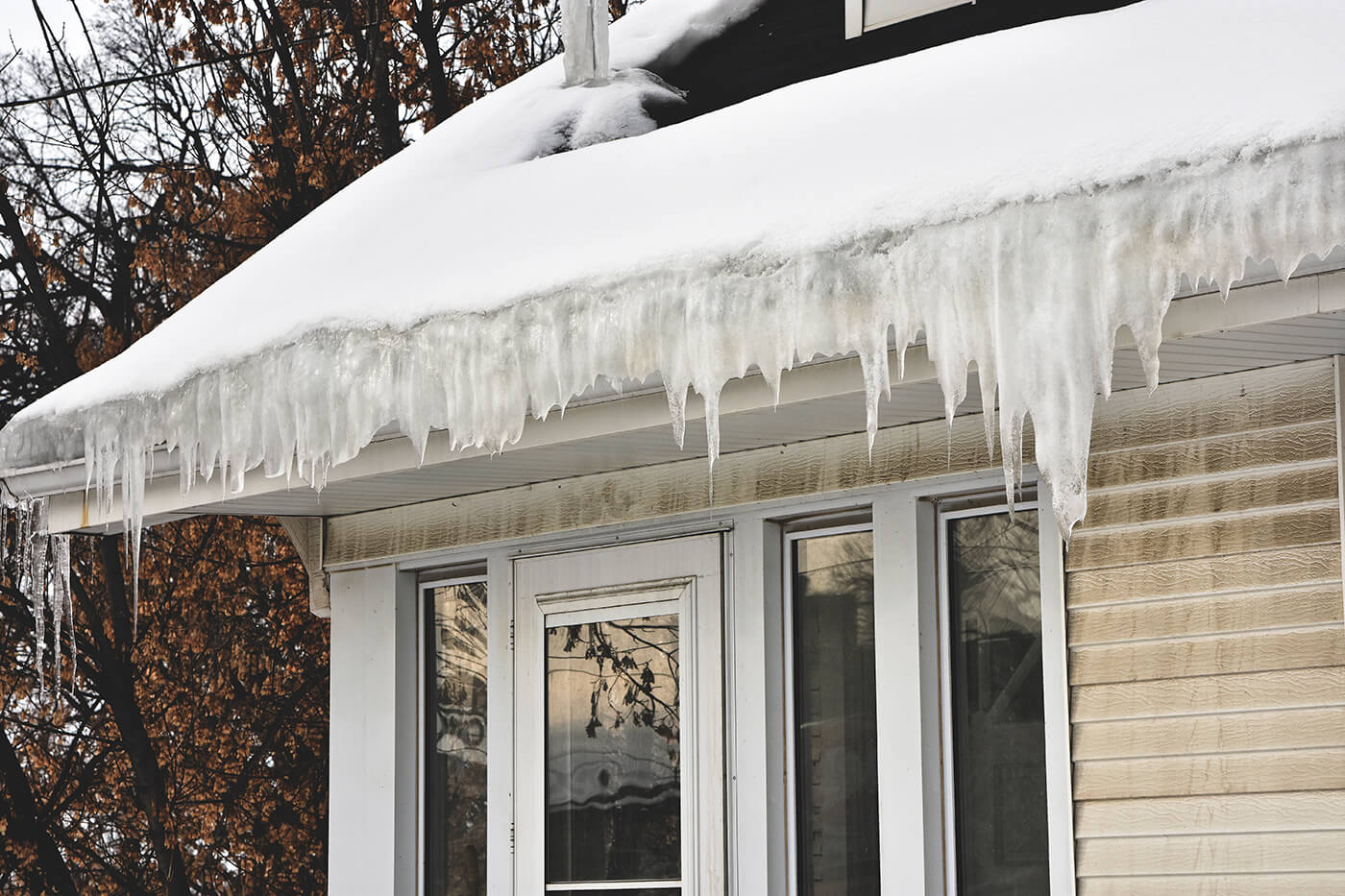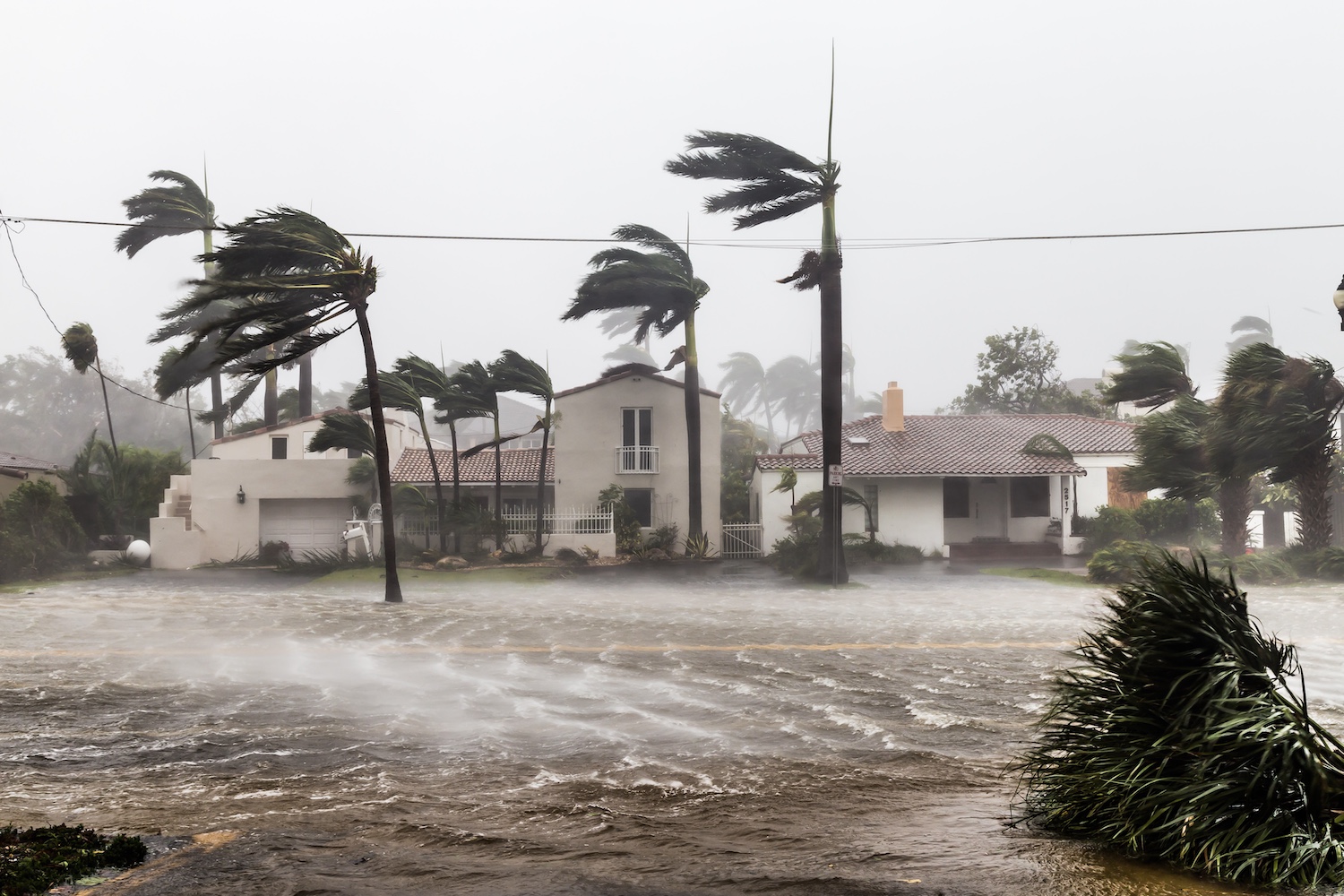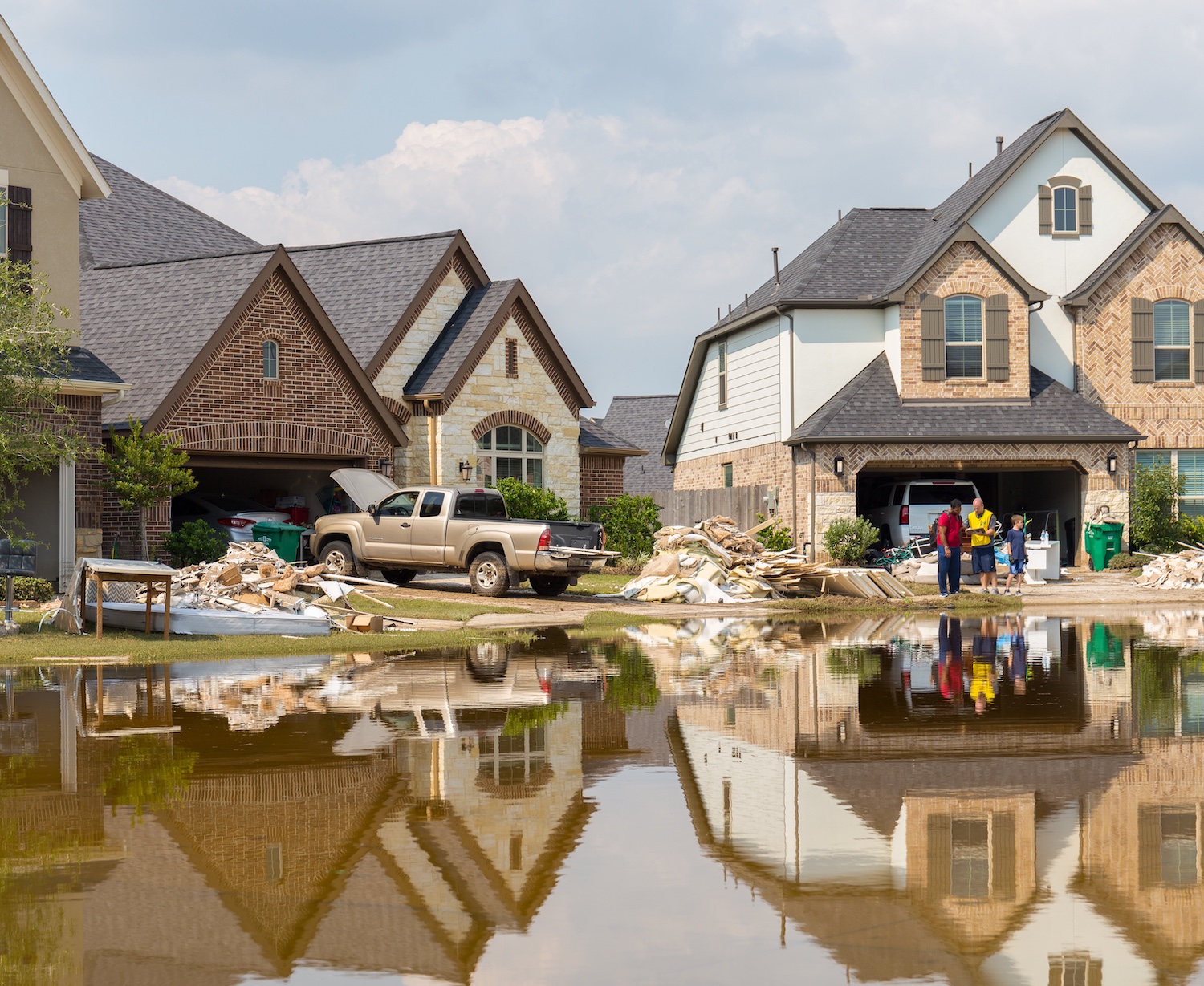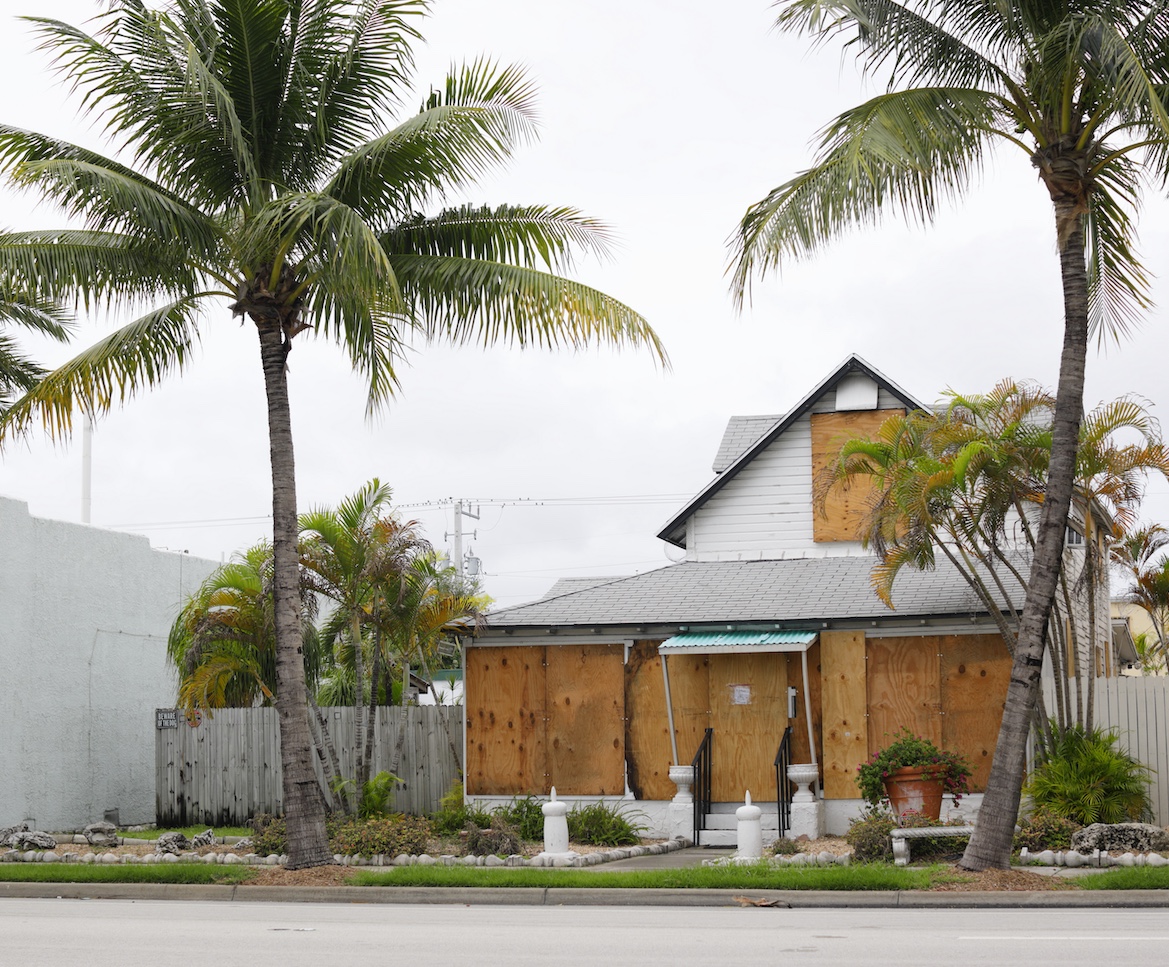Winter’s freezing temperatures can wreak havoc on your home, especially when it comes to your plumbing. Frozen pipes are a common and costly issue, potentially leading to burst pipes, water damage, and expensive repairs. Fortunately, you can protect your home from this seasonal threat with the proper preventative measures.
Why do pipes freeze?
When temperatures drop below freezing, water inside your pipes can solidify, expand, and exert pressure on the pipe walls. This often leads to cracks or bursts, especially in pipes along exterior walls, uninsulated areas, or outside spaces like garages or basements. They are vulnerable to freezing temperatures without sufficient insulation around these pipes or within the walls housing them.
Inadequate heating in your home can also increase the risk, as warm air is necessary to keep pipes above freezing. A burst pipe can flood your home, damaging floors, walls, and belongings. If undetected, water can seep into your foundation or lower levels, creating long-term structural and mold problems.
Tips to Prevent Frozen Pipes
Protecting your pipes from freezing can save you from the hassle and expense of dealing with burst pipes. A professional plumber can evaluate your plumbing system, recommend solutions like insulation or heat cables, and ensure everything is properly installed.
Insulating your pipes and maintaining consistent heating throughout your home is essential to prevent freezing and protect your plumbing during winter. Taking these precautions now can help you avoid costly repairs later.
Keep the Heat On
Maintain a consistent temperature in your home, even when you’re away. A minimum of 55°F ensures pipes stay warm enough to prevent freezing. Programmable thermostats can help regulate temperatures efficiently.
Insulate Exposed Pipes
Check exposed pipes for insulation issues. Professionals often use foam sleeves or insulation wraps to protect pipes in unheated areas like crawl spaces, attics, or basements. Pipes along exterior walls receive extra attention, as they are most at risk. Heat cables combined with insulation can offer additional security against freezing.
Seal Gaps and Cracks
A professional can inspect your home for air leaks that allow cold air to seep in, increasing the risk of frozen pipes. Common areas include windows, doors, and walls near pipes. Sealing these leaks with caulk or weather stripping helps block drafts and keep cold air out. This reduces the chances of pipe freezing and stabilizes your home’s temperature, making it easier to maintain warmth and protect your plumbing during winter.
Allow Faucets to Drip
A slow trickle of water can prevent freezing by keeping the flow moving and relieving pressure in the pipes. You don’t need a strong stream; a steady drip is enough to maintain movement inside your plumbing.
If you’re leaving home during freezing temperatures, consult a plumber. While leaving faucets dripping isn’t ideal when you’re away, they can suggest alternatives like installing frost-proof indoor faucets or backflow preventers for outdoor pipes to keep water flowing safely.
Open Cabinet Doors
Let warm air circulate around pipes under sinks by opening cabinet doors, especially those along exterior walls.
Disconnect Outdoor Hoses
Drain and disconnect your outdoor hoses. This prevents water from freezing in the lines and backing up into the house. Keep hoses in a warm place during the winter to prevent damage from freezing temperatures. Shut off water to outdoor spigots and drain any excess.
Monitor Vulnerable Areas
Pipes in garages, crawl spaces, or basements are more likely to freeze. Use space heaters or install additional insulation in these areas for added protection.
What to Do if Your Pipes Freeze
Act Quickly
If you notice a lack of water flow, it may indicate frozen pipes. The first step is to contact a professional plumber. They can assess the situation, identify the frozen pipes, and help minimize the damage.
Upon arrival, the plumber will turn off the water supply at the main valve and open the faucets connected to the frozen pipes to relieve pressure. This reduces the risk of further leaking. Then, they’ll look for visible frost on exposed pipes and turn on your faucets to see which ones have no water or a reduced flow.
Professionals may apply some heat to the frozen pipes to gradually thaw them. They typically use heat tape, heat guns, hot water towels, or space heaters. After thawing, they’ll inspect for any damage, like cracks or leaks. If there is any damage, they will let you know what they need to do to fix it.
Finally, they’ll offer solutions to prevent future freezing, such as insulating pipes or applying heat tape. Before they leave, they will give you options to prevent your pipes from freezing again.
Long-Term Solutions
To avoid annual worries about frozen pipes, consider upgrading to frost-resistant pipes, rerouting vulnerable lines, or installing an automatic shutoff valve. These proactive measures save time, stress, and money in the long run.
Taking steps to prevent frozen pipes is essential, but having a water damage plan in place is also wise. Regularly inspect your plumbing, ensure you have adequate homeowners’ insurance, and know how to shut off your main water valve in an emergency quickly.
Frozen pipes are preventable with a little preparation and vigilance. By insulating your pipes, maintaining indoor temperatures, and addressing potential vulnerabilities, you can enjoy the winter season without the stress of water damage. If you’re dealing with the aftermath of frozen pipes, Pur360 is ready to help. We’re the experts at eliminating mold, and we can tackle it wherever it’s in your home.



